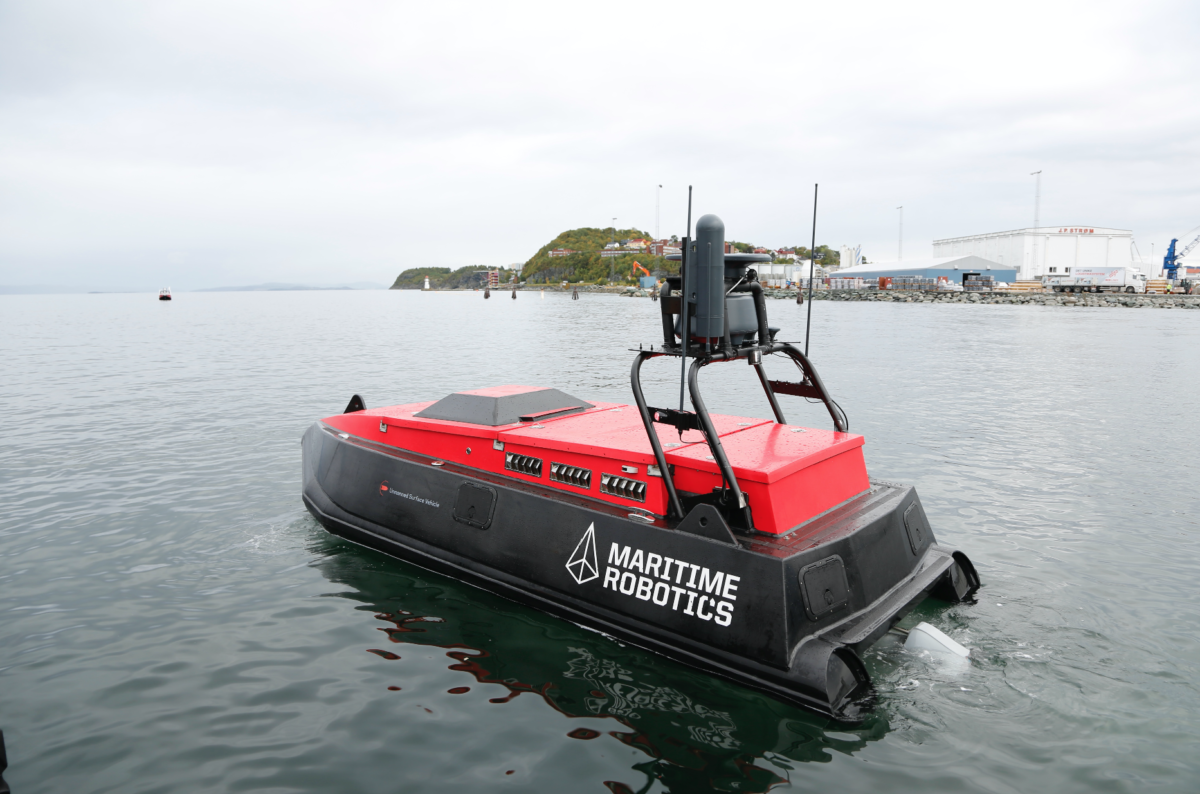
UAE based Enata Marine has launched a stylish superyacht with twin carbon fibre hydrofoils and a hybrid diesel electric propulsion system at the Dubai Boat Show.
The 9.6m long FOILER, also called ‘The Flying Yacht’ due to its ability to operate 1.5m above the water has two BMW 320hp diesel engines which gives it a take-off speed of 17 knots and a maximum speed of 40 knots. The engines are also able to cruise in full electric mode up to 10 knots to reduce fuel consumption by 20% over a traditional yacht.
Enata Marine explains that the diesel engines drive two generators which provide the electrical power. The power is then delivered to two electrical (ENATA) torpedoes that drive the boat.
The retractable red foils fully lift the hull 1.5m out of the water at Continue reading “Stylish and futuristic foiling craft launched by Enata Marine”










